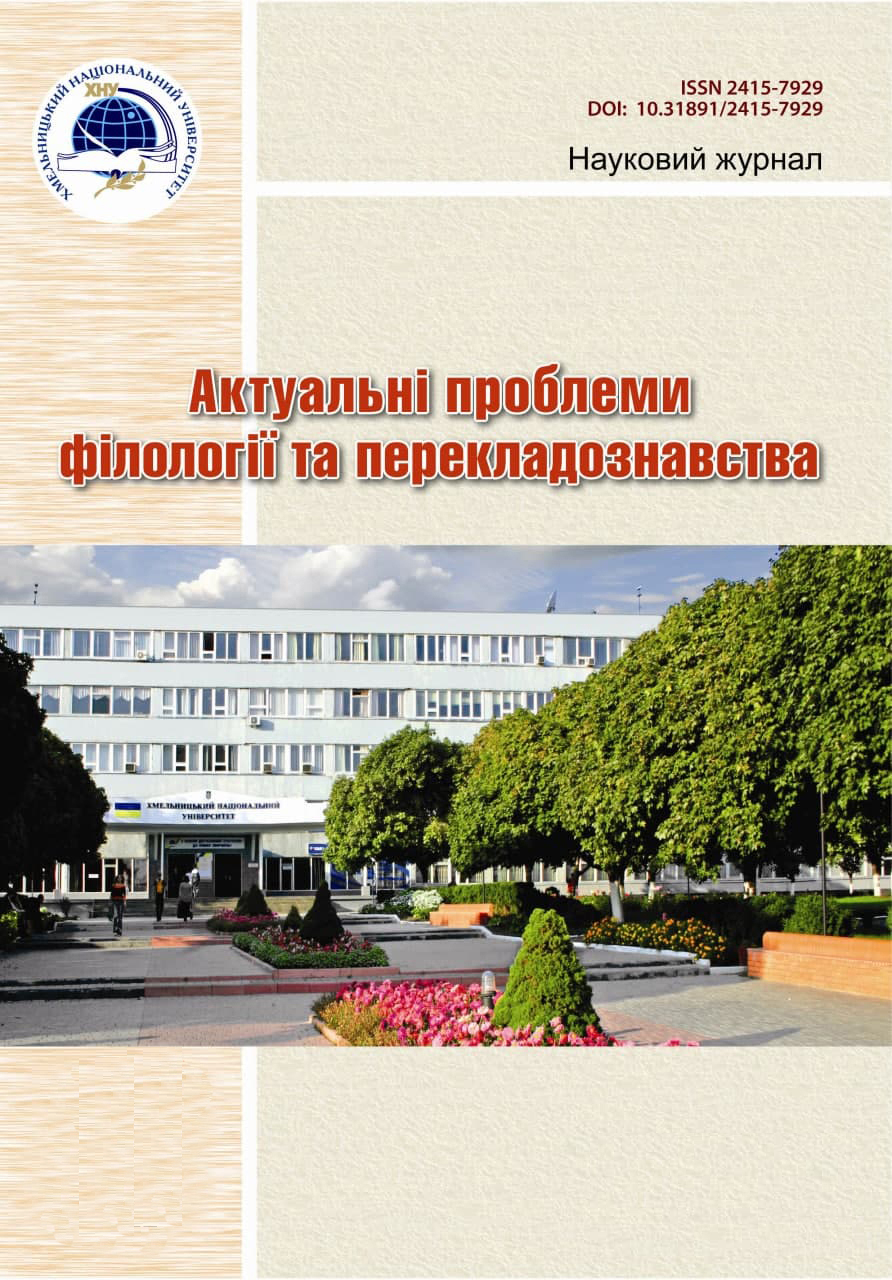LINGUISTIC AND SOCIOCULTURAL ASPECTS OF STAND-UP COMEDIES
DOI:
https://doi.org/10.31891/2415-7929-2021-22-3Keywords:
stand-up comedy, a joke, stand-up comedy functioning, sociocultural aspectAbstract
The genre of comedy originates from ancient Greece. However, this fact does not prevent it from changing and taking new forms over the years. Stand-up comedy derived from variety shows and vaudeville and emerged as a new separate genre recently. Although the study of humour in its many genres has been conducted for centuries, the study of stand-up comedy has received little attention. This may be because of the fact that stand-up comedy is a relatively “young” genre of humour. Until the 1960s, stand-up comedians did not play a central role during the performance but served as a kind of filler for the pause, for example, before the arrival of a famous band or theatre group. Ever since stand-up comedians began appearing on TV shows launched during the 1960s and 1970s, the success of stand-up comedy as a true linguistic genre has begun to grow. People became interested in the work of stand-up comedians and expressed their interest by buying tapes with their performances. Over the years, stand-up comedy has become a well-known and popular form of humour that has risen growing interest.
Stand-up comedy has essential functions in the formation of society; its subgenres differ in the features of comic reproduction. Both verbal and non-verbal aspects in stand-up comedy attract attention. This article considers the verbal means of reproducing the comic, as well as the sociolinguistic aspect. The article considers the origins of the stand-up comedy genre, its main types and concepts, means of creating comics in the performances of English-speaking stand-up comedians, functions of stand-up comedy, features of performances, and analyses examples of jokes of English-speaking comedians.
Downloads
Published
Issue
Section
License
Copyright (c) 2021 О. НАЗАРЕНКО, А. ЛЮТА (Автор)

This work is licensed under a Creative Commons Attribution 4.0 International License.

